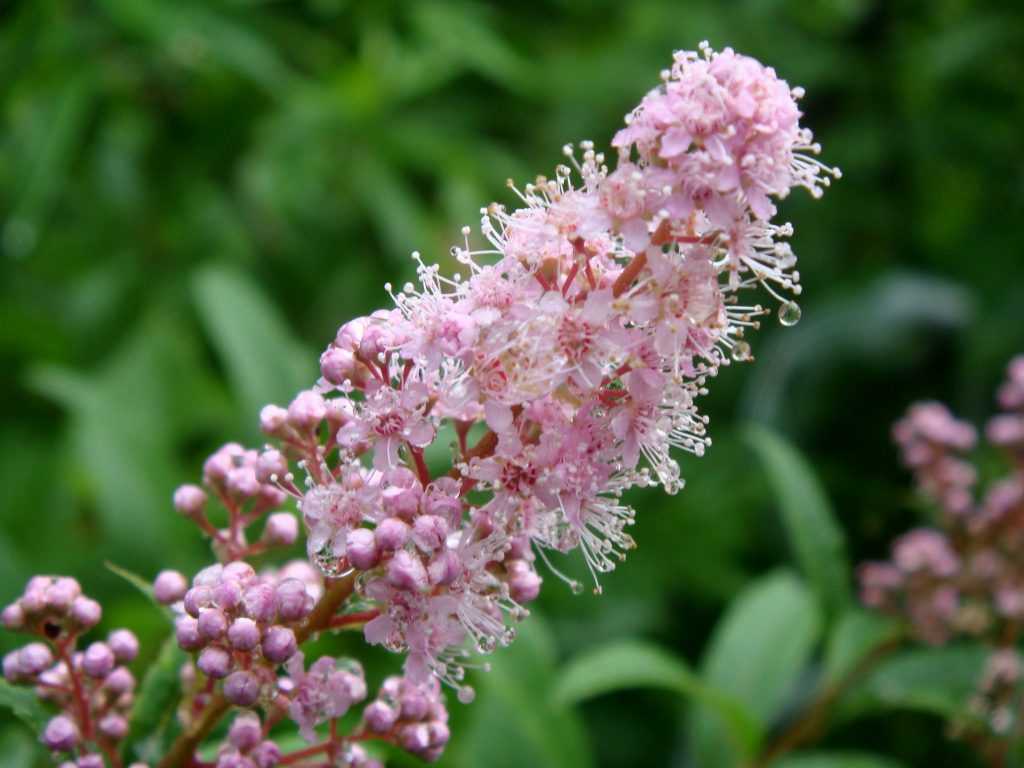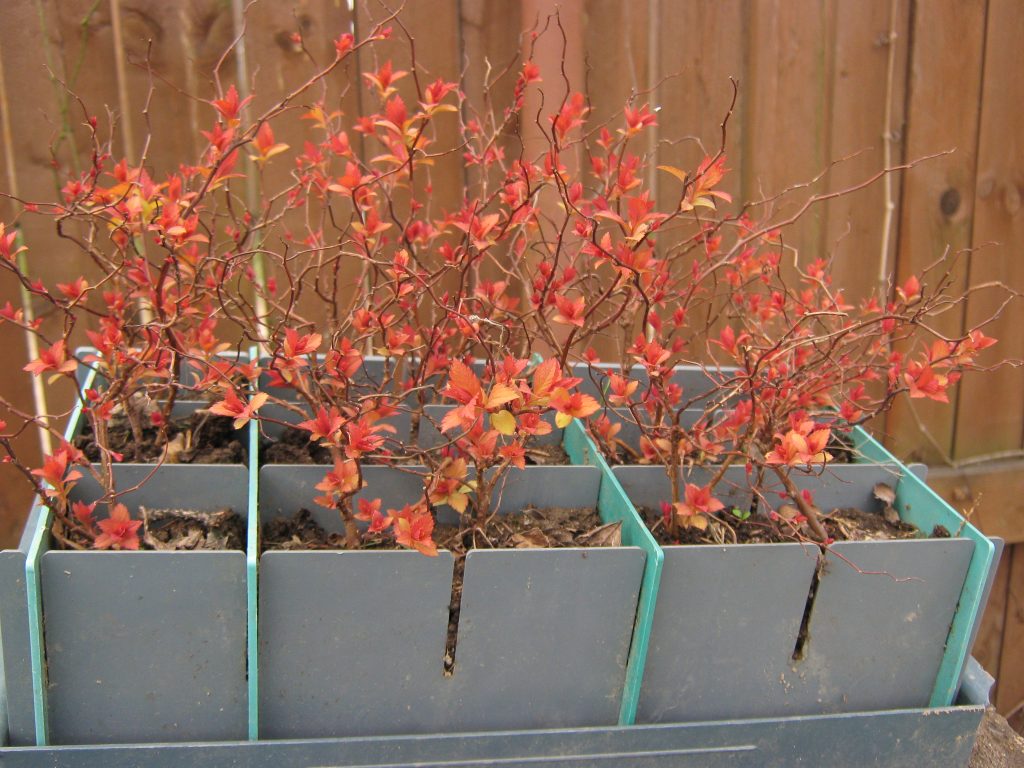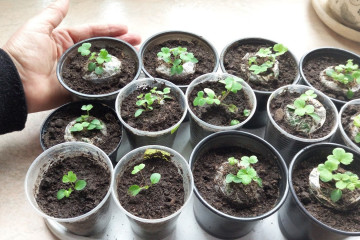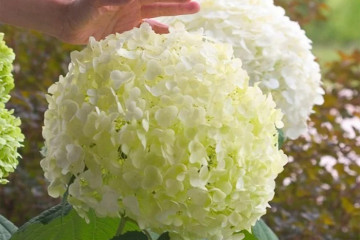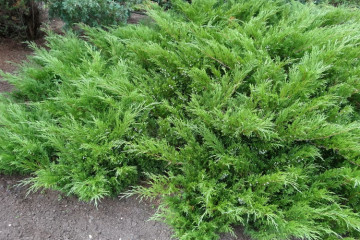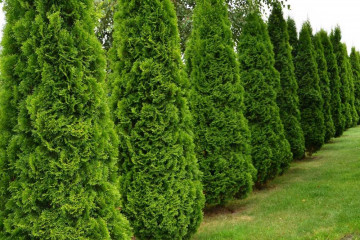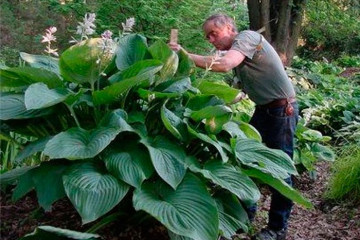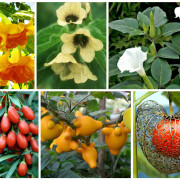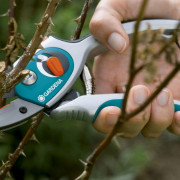How to propagate spirea and root from a twig
Content:
A shrub called spiraea is a versatile plant suitable for single cultivation in the garden and for hedges. Its spectacular appearance and lack of complications in the care process have been appreciated by many gardeners, as well as landscape designers. Reproduction of spirea is available even for beginners; it can be grown from seeds, using cuttings, layering or by dividing. For this purpose, spring or autumn is ideal, but the cultivation process is carried out in summer during cloudy weather.
How to propagate spirea
It is better to plan work on the reproduction of Japanese, or ordinary, spirea in the spring for the period before the buds swell on the trees. Usually this is mid-March, but in other regions, the dates can shift depending on the climate. If the grower misses the right time, he will need to wait until the end of enhanced leaf growth in late spring, when the plant begins to bloom.
The optimal time for summer is from early to mid-June, but before cutting the plants, you should wait until they stop blooming. Reproduction of any kind of spirea by cuttings can be carried out in the summer. If the gardener does not want to spend a lot of time, he should postpone the work until autumn, they must be completed strictly before the start of frost.
The optimal period is mid-September, but plants can be planted until early October inclusive. It is worth knowing in advance how to propagate spirea correctly in the fall. At this time of the year, new plants will not need careful care; they will only need to be insulated to protect them from the cold in winter. This saves time, because in summer and autumn, the bushes need to be watered and sprayed often so that the planting material takes root faster.
Growing spirea from seeds
Reproduction using seeds is available only for species of spirea, for example, Japanese or oak-leaved. It is better not to use hybrids for this purpose, since their seeds have a low level of germination, and after germination they are able to change the properties of the original species. It is easy and quick to grow a shrub from seeds, this method allows you to get many plants at once. The seeds do not require preparation, if they are harvested in the summer, they are able to wait for sowing until autumn or spring.
The ideal time for sowing in the fall is October or November; in the spring it is better to do this in April. The seeds can be planted according to the standard scheme in the soil of one part of vermiculite mixed with four parts of peat. The seeds are laid out on the surface of the soil and sprinkled with earth on top, in the spring they are additionally moistened and covered with a film. Containers with seeds are removed in a dark place, and returned to light after germination.When the sprouts grow to 2 cm after two months, they are pulled out in bunches and separated to store a larger number, diving in separate containers.
Pinch a third of the length of each root. Sprouts are planted at a distance of 5-7 cm from each other. It is better to put the box with sprouts in the shade for the summer period, where the plants need to be watered frequently. In the fall, they are planted in a temporary bed, then transplanted to a permanent place next year.
Reproduction of spirea in summer using cuttings
Knowing how spirea reproduces in summer, it is better to choose cuttings as cultivation. Thus, the bush is propagated using green or woody cuttings, depending on the season. It is worth taking one-year or last-year sprouts, the bark of which remains light on growth. Cuttings of such a spirea are carried out in the summer, but the sprouts themselves are prepared in cloudy weather.
Spirea cuttings
In order to root the cuttings well, the spirea is pruned; green shoots are chosen for this procedure. Their tops must be cut off to avoid rotting, in which case even novice gardeners will be able to plant. The prepared cutting should not have leaves in the lower part, it is enough to leave only the four upper ones. The leaf plate itself is made shorter by a third.
The cuttings are moistened from below in a solution of potassium permanganate, then the shoots are planted in a substrate with the addition of a nutrient concentrate. Each branch should be at a depth of at least 1.5-2 cm, between which a gap of 3 cm is left. For the purpose of rooting, a place in the shade that is well ventilated is suitable. Shoots are additionally covered with a bag or glass to create a greenhouse effect. They are planted in a permanent place after complete rooting.
Features of cuttings of Japanese spirea in summer
Japanese spirea, or a bride, whose full care and reproduction should be carried out according to the rules, has its own differences. You need to plant cuttings at least 7-15 cm long, taking into account the size of the main plant. Their shoots are cut with a razor or a sharp knife just below the node, the leaves are removed from the lower side. Then the ends of the cuttings are dipped into a solution with phytohormone. When they have been there for several hours, they can be planted in pre-prepared holes in the soil.
How to root a white spirea from a twig
It is easy to root a white spirea or a Vangutta bush from a twig at home. It is important to plant the shoots in the substrate so that they form a root system faster. To prepare it, sand and high moor peat are mixed. The cuttings are kept in solution in advance, then dipped in a growth stimulator, then transplanted into the soil. In order to disinfect the planting, you can spray it with a garlic solution, adding 1 teaspoon of the resulting gruel to 1 liter of water.
Reproduction by dividing the bush
You can also choose to divide the bush as a growing method. It is suitable for shrubs that are 3-4 years old.
You need to dig out the shrub, place it in a bucket of water, hold it for several hours, then divide it into 2-3 parts using a pruner. It is important to prune the roots before planting. Then the spirea should be watered abundantly after planting, especially in hot weather.
Growing spirea by layering
Getting cuttings is suitable for those who need several shoots from one bush at once. This method of growing is best done in early spring, choosing shoots from the bottom, which need to be slightly broken, fixed on the ground and sprinkled with soil.At the main bush, you need to cut off the inflorescences so that it spends energy on the appearance of roots in the shoots. The soil under it should be slightly damp all the time. At the end of the season, the cuttings will have their own root system, but they can only be transplanted next spring.
Spirea agrotechnics
Spirea does not cause problems in the growing process, it is not a very demanding plant, which even a beginner can handle. For shrubs to grow well, they need more light, good soil, and regular watering. In winter, they need to be additionally covered, but only in the northern regions. Bushes need to be trimmed and fertilized as needed. Haircuts give them a nice shape, which is useful if they are part of the landscape. For fertilization, it is worth using mineral fertilizing with nitrogen in the spring and supplements with phosphorus and potassium in the winter.
All about pruning spirea
Pruning of regular or gray spirea is carried out after flowering, it is done in different ways, taking into account the type of shrubs that are spring-flowering and summer-flowering.
It is necessary to prune shrubs after flowering in order to remove all branches with wilted inflorescences from plants that bloom in May or early June. This is especially necessary for paniculate bushes that bloom in spring, since they are pruned for decorative purposes. Flower buds in such spirits arise along the length of the branches in the autumn, and during the summer they form adult shoots, on which buds will bloom next spring. Bushes that bloom in summer are pruned in early spring.
Many novice gardeners are interested in the question of when it is possible to cut off the gray spirea. This species is considered the most popular, it is unpretentious and requires pruning in early summer after flowering. In each of the shrubs, buds form in the fall, so they cannot be cut off in March or April. During these periods, only anti-aging pruning is allowed when the bushes are cut at ground level. Standard sanitary pruning can also be done.
How to properly cut spirea
Home shrubs growing in the garden can be made more beautiful with sanitary and decorative haircuts. This process begins in the spring immediately after the snow melts. During pruning for sanitary purposes, damaged shoots and growths inside the bushes are removed. Bushes blooming in summer should be freed from last year's dried inflorescences, weak and old branches. When shortening the shoots, you need to look so that the slices are above the buds growing outward. Pruning for the formation of bushes is carried out at the same level, gradually giving the bush a round shape.
Diseases and pests
The plant is very resistant to most dangerous diseases, but sometimes gray mold or spotting can appear on the bushes. These are fungal infections, for which fungicidal agents are needed, for example, foundazol or phytosporin-M. There are also pests that can damage the bushes if measures are not taken in time. Their list includes:
- rose leaf roll. May appear on shrubs in late spring and damage leaves. To eliminate caterpillars, it is necessary to use pyrimor;
- spider mite. In the presence of ticks, the leaves of the spirea begin to turn yellow, and a thin web appears on their underside. For pests, plants need to be treated with karbofos, acrex preparation or tincture of tobacco dust;
- aphid. This pest can be found in summer, aphids can damage both leaves and flowers. To eliminate it, you will need to treat the bushes with tincture of tobacco dust or pyrimor.
Damaged shrubs, treated with drugs, should stand for at least a day, covered with cellophane. If necessary, the procedure must be repeated several times and the bushes should be opened only after the complete elimination of the pests.
Experienced gardening tips
To give the shrubs an attractive look, experienced gardeners recommend not forgetting about pruning and giving the bush an attractive appearance in the form of a ball or pyramid. All weak and dried-up branches are removed to the stump, and the haircut itself is best done in the spring before the first leaves appear. After the procedure, you need to water the land with manure diluted in water.
In the form of a fertilizer, superphosphate or kemira universal is also used. In general, common spirea, the care and full-fledged cultivation of which does not cause problems, can be an excellent choice for beginners.
Spirea is a very beautiful plant that can transform the landscape of a garden or summer cottage. With proper care, shrubs will delight you with their magnificent appearance for a long time, especially during flowering periods.
